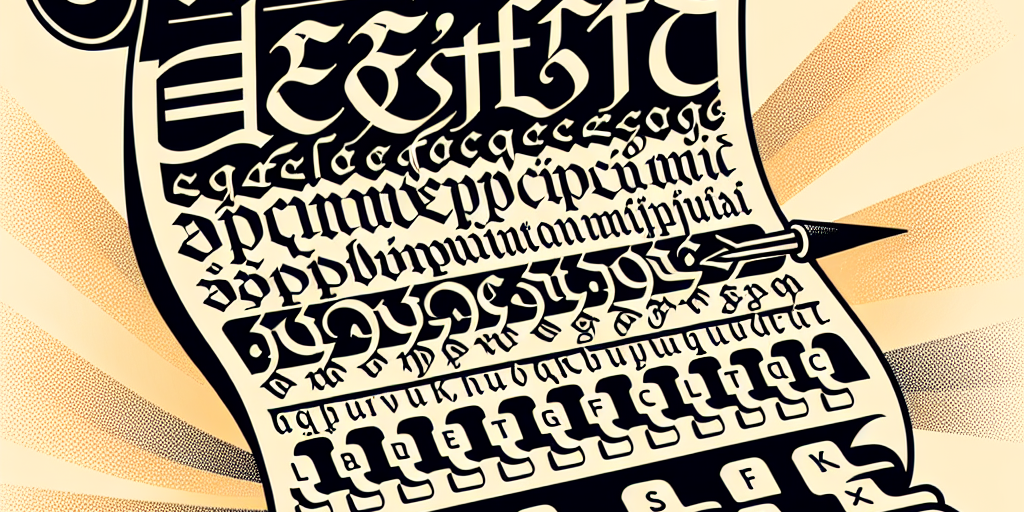When we see « etc. » at the end of a list, we are accustomed to understanding it as meaning « and so forth » or « and others. » This common abbreviation, short for the Latin phrase « et cetera, » has become a staple in written communication, used to indicate that there are additional items that have not been explicitly mentioned.
The usage of « et cetera » dates back to ancient Rome, where it was commonly used in Latin to denote an open-ended list of things. In Latin, « et » means « and » and « cetera » means « the rest. » So when « et cetera » is translated, it roughly means « and the rest. »
As Latin evolved into the modern Romance languages we know today, « et cetera » remained a part of written communication. However, as languages and societies change over time, so too do the ways in which we use them. In the transition from Latin to modern usage, « et cetera » was shortened to « etc. » as a way to streamline written communication and make it more efficient.
Today, « etc. » is used in a variety of contexts, from academic papers to casual emails, to indicate that there are more examples, options, or possibilities that have not been explicitly listed. It has become a widely accepted and understood abbreviation, seamlessly integrated into the fabric of written communication.
The evolution of « etc. » in written communication highlights the way in which language is continually adapting and changing to meet the needs of its users. While the Latin roots of « et cetera » may be centuries old, the modern usage of « etc. » shows how language can be both timeless and dynamic.
In conclusion, from its origins in ancient Rome to its place in modern communication, the abbreviation « etc. » has undergone a transformation that reflects the evolution of language itself. As long as people continue to communicate through writing, « etc. » will remain a useful tool for conveying the idea that there is more to be included.







